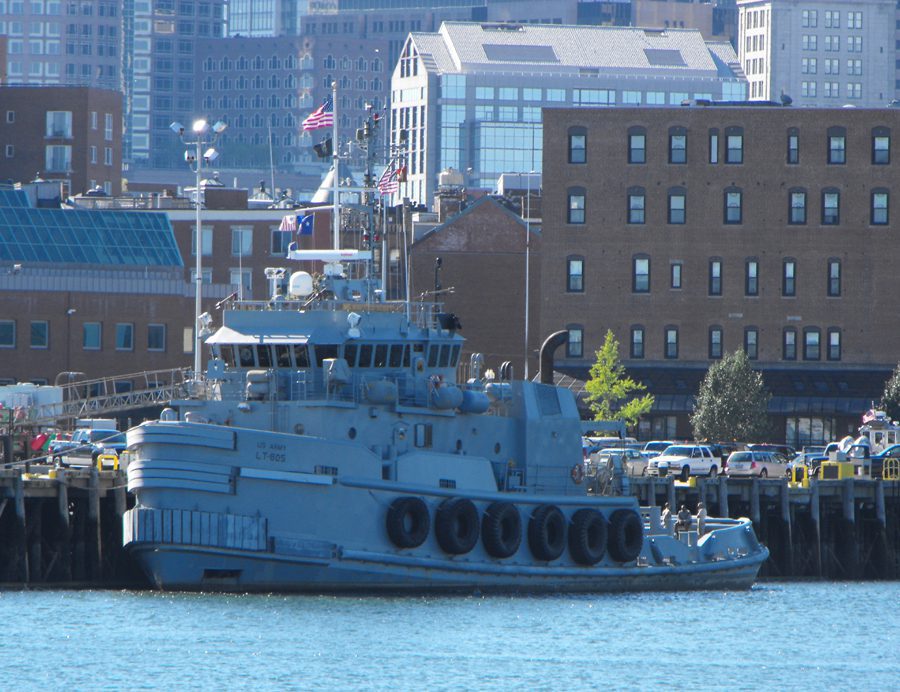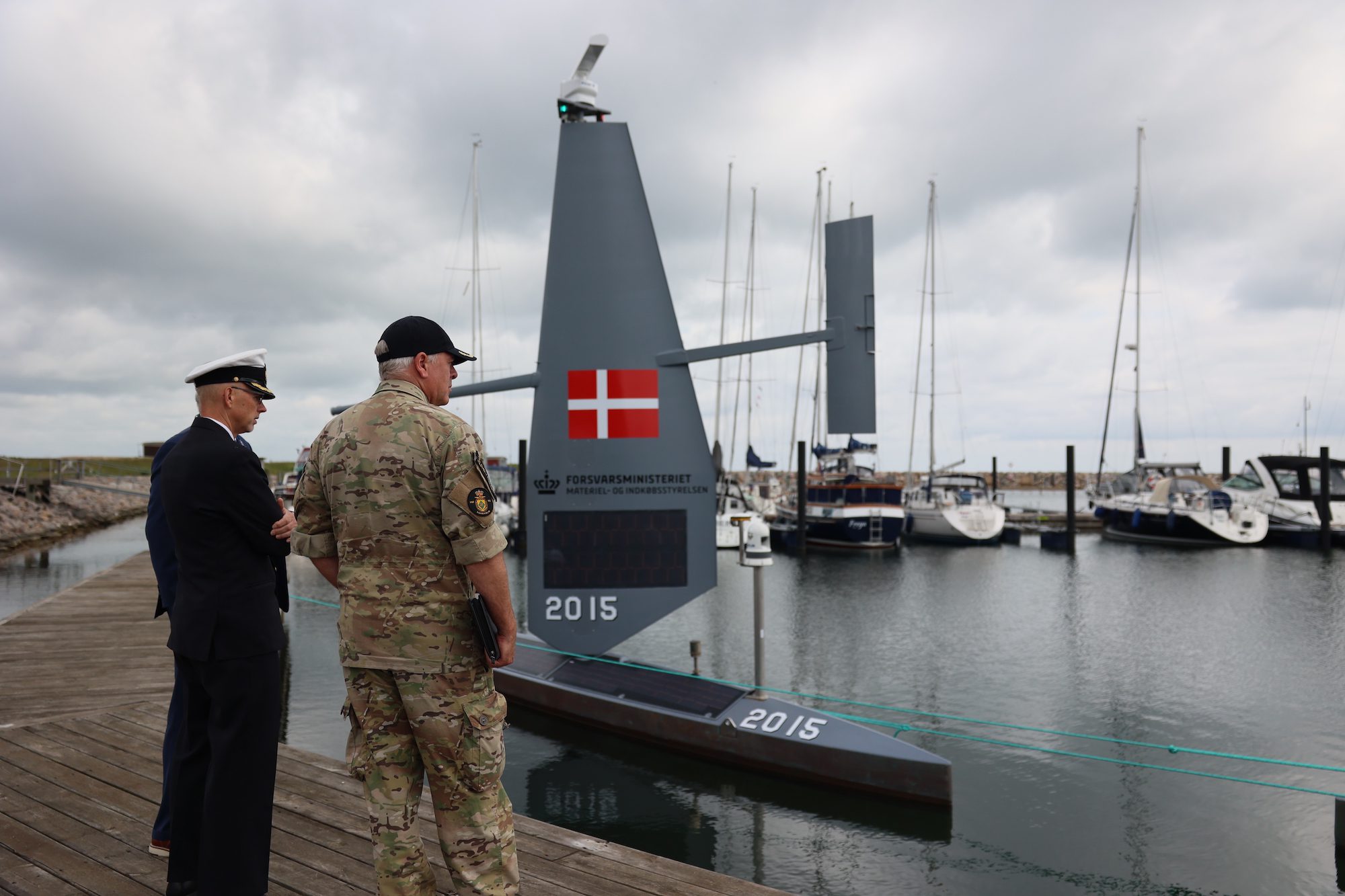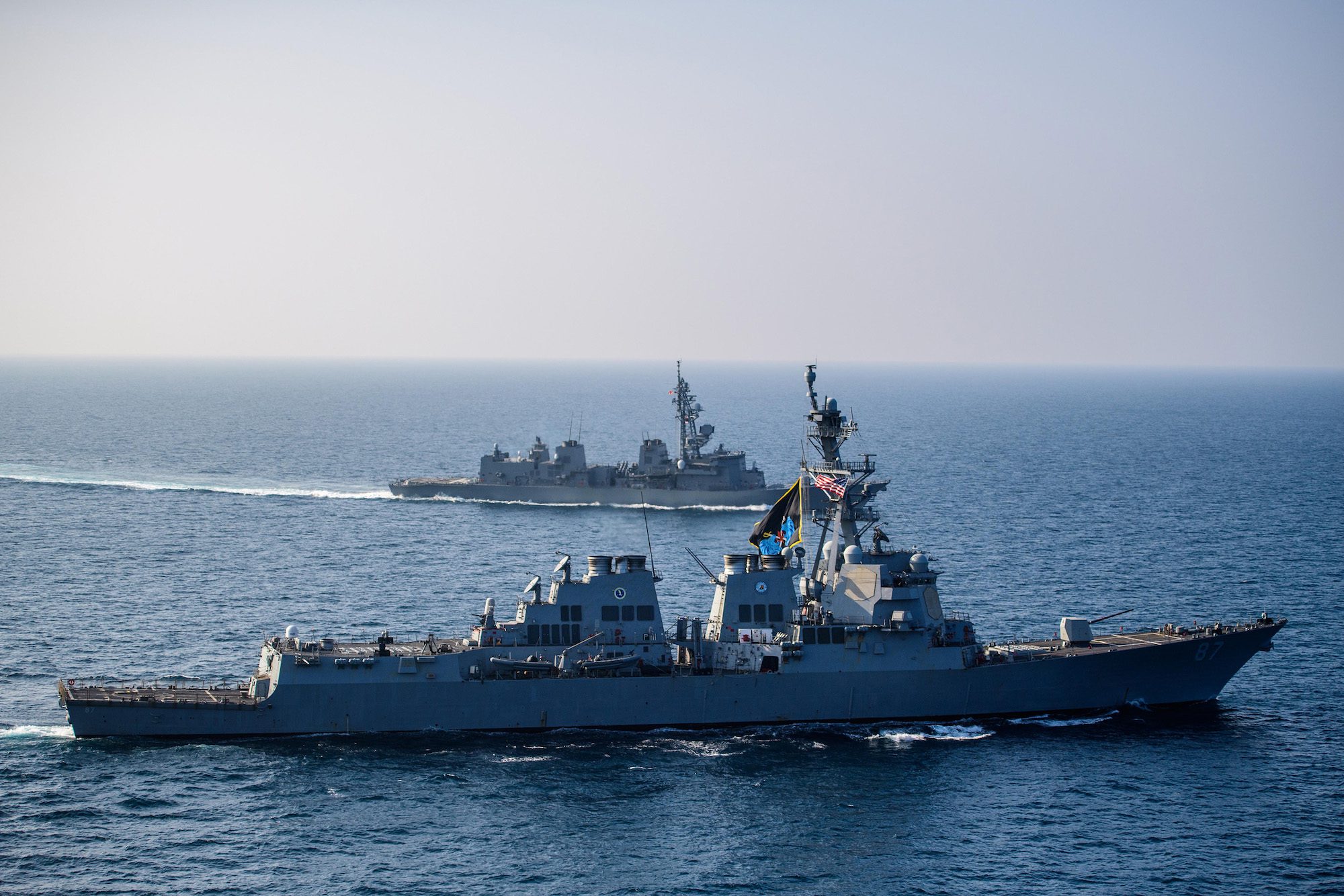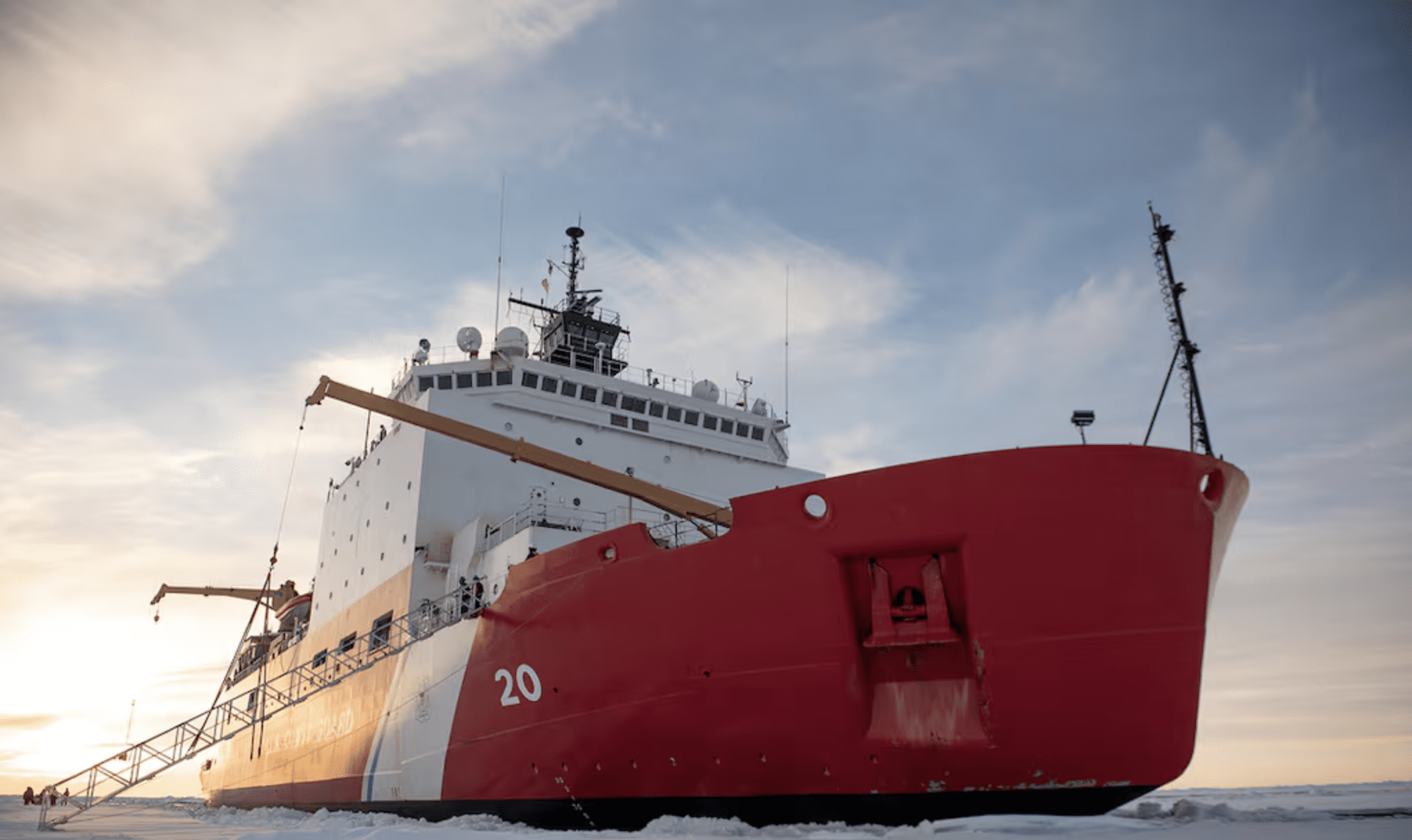This week for $51,000* on the Government Services Administration (GSA) website, you can purchase a modern US Army 128 ft ocean Tug (LT). These tugs are capable of ocean towing, and port operations. They can support salvage and humanitarian aid operations, including fire-fighting and salvage capability. Constructed in the 1990s, these tugs cost millions to build and are in excellent condition.
Why is the Army selling these vessels as well as their 60 ft Small Tugs, 174 ft LCUs, 314 ft LSVs, Barge Derrick cranes, LCMs, and logistic barges?
According to Army officials, the reason is this: “The Army decided to suspend watercraft operations while we evaluate the overall watercraft requirements needed to support the National Defense Strategy….initial analysis identified excess capability beyond existing requirements…as well as sustainment of its various existing fleets, support Multi-Domain Operations (MDO) and Joint All Domain Operations (JADO). Additionally, an Army Watercraft Systems (AWS) needs to provide the ability to access multiple entry points via littorals, inland waterways, and waterborne corridor to sustain forces within an anti-access/area denial (A2/AD) bubble.”
If that lengthy wording is confusing and non-sensical to you, it is to me as well, and I spent decades in the Army. Adding to a confusing “bubble” of words, this “evaluation” has been ongoing for more than five (5) years. When you don’t know what you are doing, you study the problem, or as one prominent politician recently stated, we should: “Set up a process to think about that.”
Consider General Milley’s (Chairman of the Joint Chiefs of Staff) statement this week regarding the disintegration of Afghan’s Army and Government: “There was nothing that I saw that indicated a collapse of this army and this government in 11 days.”
Afghanistan’s ongoing tragedy is horrendous, and there is also devastation in Haiti, where two hurricanes and an earthquake have rendered that country a complete humanitarian disaster. We could apply General Milley’s paradym regarding Afghanistan to Haiti, who would have thought you could have two hurricanes and an earthquake?
This “who would have thought?” approach to life is not what the military does. We always think of the worst-case scenario. We plan for the worst-case scenario. “What if” is what we do, at least taught to do, every day. Our military should never be caught unaware. Our Army does not need five (5) years to study “multi-domain operations.” Completing a multi-year extensive study only results in having an out-of-date and irrelevant analysis. I know this as I worked on a year-long study on how to improve Army Watercraft maintenance & operations. We knew the answer on day one, but we were directed to invest a year writing a million-dollar 90-page study. When submitted, the Army did not bother to read the report, they were already selling off their boats.
We need watercraft for both military and humanitarian operations. During my fifteen years as an Army Watercraft Master, we disregarded, actually neglected, responding to numerous humanitarian missions, where we could have provided immense aid & relief: hurricane response to Puerto Rico, hurricane relief to the Bahamas, hurricane relief to Florida panhandle, port relief to Syria after its massive explosion, coastal forest fires in Australia, aid to Japan after earthquake and Tsunami (where Army Watercraft were the closest relief assets!), response to 911 relief & evacuation efforts in New York City when Army vessels sat at the dock in Baltimore MD and never responded, and the list goes on.
Consider the ongoing humanitarian relief efforts in Haiti, being executed by Coast Guard, Navy, and Army helicopters. With few good airfields, relief efforts could use the additional benefit of Army Watercraft. Army waterborne operations coming through all of Haiti’s six ports, and over the beach would significantly improve the speed and volume of relief aid and services.
A Coast Guard HC-144 cargo aircraft, one of several aircraft used in relief efforts, can carry seven (7) tons of cargo. An Army, 174 ft LCU, can carry 350 tons of cargo or 24 double stacked 20 ft ISO containers. Three hundred fifty (350) tons vs. seven (7) tons for each sortie. Until last year the Army had a maritime base in Tampa, FL, supporting two (2) LCUs. These LCUs can reach Haiti in a matter of days (I made this run numerous times during training missions), and additional LCUs could be sortied from bases in Morehead City NC, and Ft Eustis, VA. Each LCU carrying 350 tons of relief supplies or 24 double stacked 20 ft ISO containers. But all those assets, bases, vessels, and crews are gone. Sold off and closed while the Army conducts an “analysis to identify excess capability beyond existing requirements.” There never was excess; there was only underutilized.
Here is the truth, the Army has no interest in humanitarian operations, nor does it grasp or understand maritime operations. While the Army is shedding its watercraft, the US Marine Corps is moving swiftly to design and construct its own fleet of amphibious vessels, designated as the Light Amphibious Warships (LAW), which resemble the Army’s 315 ft LSVs. Our US Marine Corp is re-inventing and relearning all the lessons learned by the Army when they built and were operating their LSVs. I know this because I was hired this year as a consultant in designing the new Marine Corps LAW. Deja vu all over again.
We failed to understand the dynamics in Afghanistan, though we had decades to do so, and we do not understand the dynamics necessary for flawless success of military and humanitarian operations in the maritime environment.
We expend far too much time “Setting up a process to think about that.” We need to stop conducting endless studies, stop inventing new acronyms, stop ignoring and turning away from reality and instead focus on what is apparent. Ask any Operator, and they will tell you what is real and what needs to be done.
Fill your coffee mug, go to the front of your ship’s bridge, focus your view out the bridge windows, look around, out to the horizon. There you will see reality.
*Note: As of publishing, it appears the current bid on the MG WINFIELD SCOTT tug is now US $101,729.

 Join The Club
Join The Club











